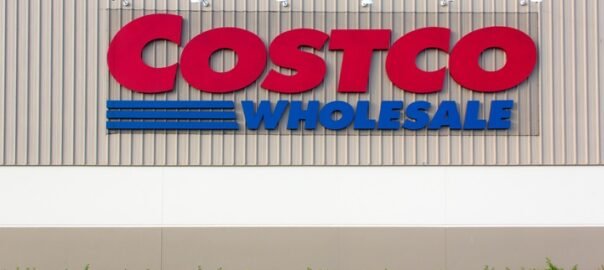As inflationary pressures and rising grocery prices affect consumer spending in Australia, high-value retail megastores are gaining popularity now more than ever.
Costco’s latest store opening in Ardeer, Melbourne, marks a significant milestone in the retailer’s continued expansion throughout Australia. The new location signifies Costco’s ongoing commitment to making a vast range of high-value products available to Australians. It now has 15 warehouses in the country and $4.4 billion in annual revenue.
The Ardeer warehouse officially opened on April 9, replacing the US-based company’s first Australian site in Docklands. Comprising 16,000 square metres of floor area and 760 car parking spaces, the new retail megastore boasts the largest Costco fuel station in Australia, a tyre centre, optical centre and hearing aid centre.
Focusing on community engagement, Costco’s country manager, Chris Tingman, highlighted the Melbourne suburb, located about 15km west of the city centre, as “dynamic and fast-growing”. He expressed confidence that Costco “can deliver exceptional value through a diverse range of products and services to the local community.”
Costco’s role in a challenging economic landscape
The Ardeer warehouse signals a crucial shift in Australia’s grocery and retail landscape as Costco adapts to current economic pressures and the rising cost of living.
“The great thing about Costco is the items that go to market globally are the cheapest out of all of the retailers. We range a limited number of items on a pallet and bring items to market [in] the most efficient way, and because we save on those costs, we’re able to pass those savings on to our members,” Costco Australia and New Zealand marketing and e-commerce director, Megan Belanger, told Inside Retail.
Enabling customers to buy in bulk, access exclusive deals and take advantage of competitive prices across a range of products is Costco’s manifesto. Despite rising costs and inflation in the current economic climate in Australia, Costco has maintained its pricing strategy and incentivised loyal members rather than increasing margins.
Belanger pointed out that the current market conditions present a significant opportunity for growth. “We’re seeing, firstly, really good growth in both our membership numbers and also our sales numbers, and I think that’s reflective of the value that we’re offering to our members,” she said.
“Instead of looking for ways to increase margins, we’re trying to find a way to bring even more value in savings to our members. The more we save, the more loyal our members are, and they’ll [continue to] shop with us,” she added.
Costco is the only subscription-based warehouse chain in Australia. Customers must pay an annual fee of $65 to shop there.
The “wow” factor: exclusive items for members
One of the highlights of the Ardeer store’s grand opening is the unique and exclusive range of “wow” items that are available to members.
“Whenever we open a new warehouse, we love to put some ‘wow’ items in, and they’re limited just to this warehouse and normally a short run. If you see it and you love it, you should buy it, because it won’t be around forever,” Belanger said.
The new Ardeer warehouse offers a range of products for Costco members exclusively, including a two-person infrared sauna, a Segway Go Kart, and an outdoor igloo. Products for food lovers include a 2kg pistachio cheesecake, a 15kg tub of ghee and a selection of premium liquor.
A growing demand for high-value purchases
The retailer is also growing its online presence, providing members with the convenience of shopping from home while maintaining the distinctive warehouse experience it’s known for. Costco recently sealed a partnership with DoorDash, aiming to enhance its online delivery services with on-demand capabilities.
“Our Costco members can have fresh fruit and groceries delivered to them via DoorDash, and will deliver up to 60 minutes from a warehouse location,” Belanger said.
Since launching an e-commerce site in 2020, Costco has offered members access to a wide range of products online, except for food, grocery and fresh produce, which aren’t available. However, Costco’s distinctive in-store shopping journey remains well-preserved.
“Our members love the idea of coming to the warehouse and seeing what’s new, going through the treasure hunt experience and seeing what’s here. Shopping at Costco really is that kind of day-out experience,” Belanger said.
Driven by distinctive product offerings, e-commerce innovations and an unwavering commitment to value, Costco appears uniquely positioned to thrive in the current retail landscape as it continues to grow its footprint.
Author Credits- Tahlia Whitfield, inside FMCG










